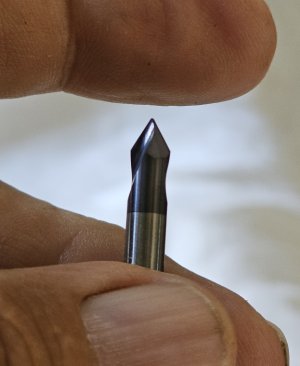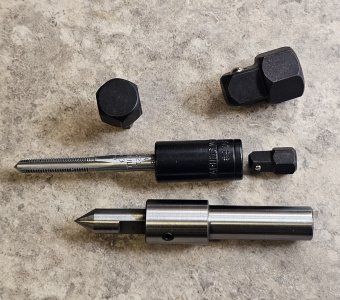Easy peasy, spot drill a cone in the center one so it looks like the one on the right.
Just remember, carbide, low speed and lots of down feed pressure .😛
Easy peasy, spot drill a cone in the center one so it looks like the one on the right.
Easy peasy, spot drill a cone in the center one so it looks like the one on the right.
Just remember, carbide, low speed and lots of down feed pressure .😛
I have no idea what all this is Mike. Can you elaborate?
All except the last one that is. Eyeballing mk anything for a one-eyed old man isn't in the cards. I sometimes line up big taps by one-eye, but anything under 1/2 isn't happening anymore.
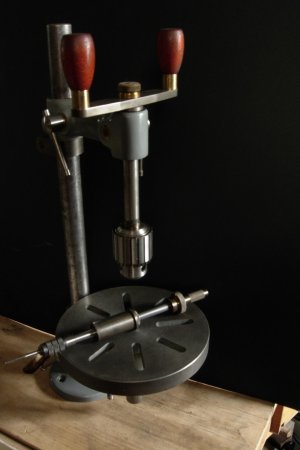
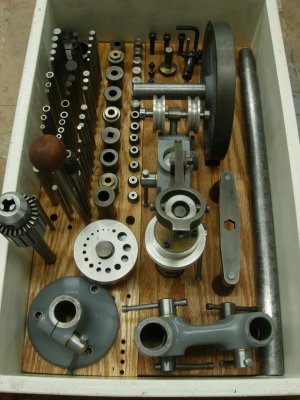
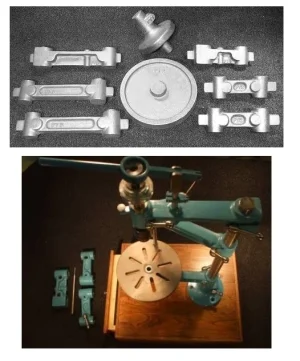
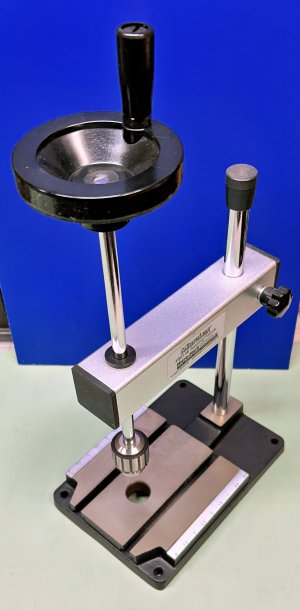
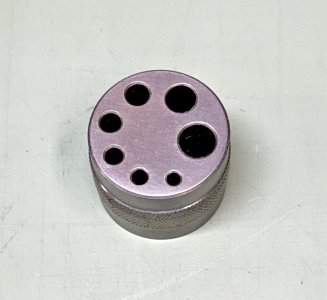
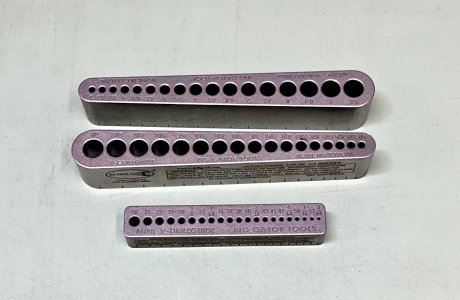
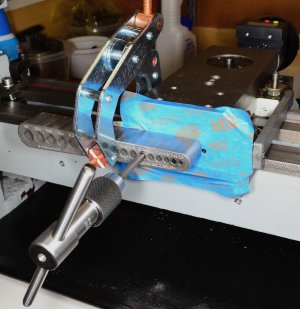
The UPT is a classic British home shop project by the venerable George Thomas.
I also have a commercial version of the guide block described by @Mcgyver
and a range of Big Gator V-DrllGuides® (these are just a sample, but but I don't have all of what are available:
Yes, yes they do.Do they even make a 60 degree carbide drill?
I've never had a tap follower, I bought a set of piloted spindle tappers early in my apprenticeship.
Yes, the shaft is just a dowel pin. No spring, the tap handle just floats on the shaft. All too often the shaft falls out between toolbox and machine and rolls under something. The same is true of the handles, I put some plastic caps on mine to keep them from sliding out.Those look nice. Does the tap holder slide on the part that goes into the drill chuck? Is it spring driven? If so, the only downside is the short leverage on the handles. Presumably, that is easily fixed.
Yes, yes they do.
Yes, the shaft is just a dowel pin. No spring, the tap handle just floats on the shaft. All too often the shaft falls out between toolbox and machine and rolls under something. The same is true of the handles, I put some plastic caps on mine to keep them from sliding out.
A standard tap handle of this style could probably be modified like this.
Yes, yes they do.
Even found them on Amazon. Thank you! Think I'll get some carbide drills and then drill them as I need them. Too much to do all of them at once. Might drill a 1/8 pilot and then a small 60 chamfer. Just needs to center.
